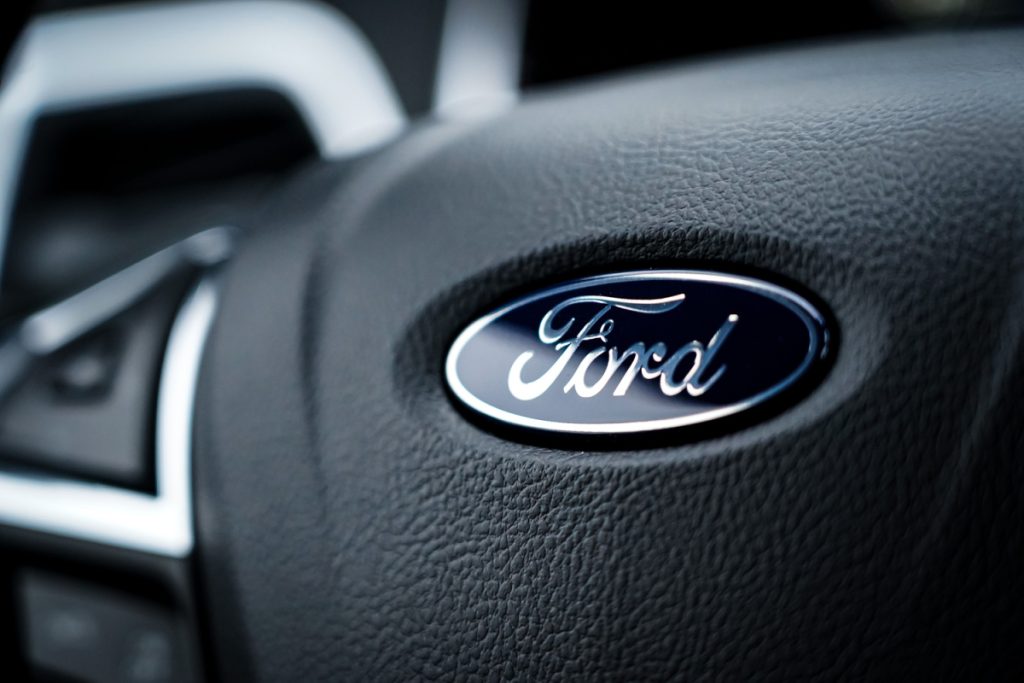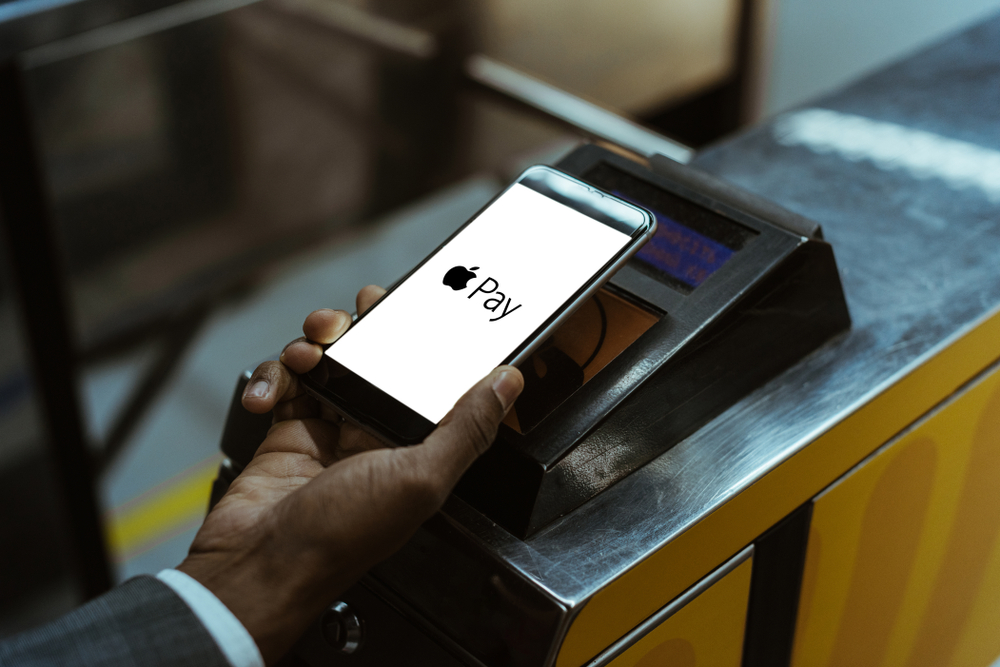As embedded finance continues to evolve, Ralph Dangelmaier – CEO of BlueSnap – discusses why it is more important than ever for traditional banks to work alongside paytech services.
Payment Expert: Firstly Ralph, you attended last June’s Money 20/20 EU. What were some of your key takeaways from the event?
Ralph Dangelmaier: As expected artificial intelligence was a hot topic in addition to Open Banking – as it continues to evolve in the UK and much of Europe. Both of these roll into payment orchestration, a key theme we heard about in every discussion and meeting we had along with increasing ROI.
Payment orchestration is an evolving term and there are a lot of misconceptions about the technology and what it actually means. Put simply, it should do five key things for merchants: optimise payments for the highest authorization rates and lowest costs, support global payments and cross-border transactions, enable merchants to offer alternative payment methods, cover multiple payment use cases and offer value-added services.
For businesses looking to increase revenue, and reduce costs, payment orchestration is key. There’s no doubt that this theme will continue in 2023 and beyond.
PE: Can you speak on BlueSnap’s recent work with Ford and how both companies are aiming to make the car buying process more seamless through innovative payment solutions?
RD: In the hyper-connected society we live in today, one of the biggest pain points for drivers is payments. Whether it’s financing a new car, getting insurance or setting up roadside assistance cover, payment processes used within the automotive industry are typically clunky and are in dire need of a makeover.
Our work with Ford gives drivers the ability to pay for all the add-on and after-sales services that come with car ownership without ever having to take their foot off the gas. We work with dealerships to help them accept payments online for drivers looking to purchase new cars.
So far, we have on-boarded over 300 Ford dealerships across 12 European regions including Spain, Italy and Portugal, initiating our automated split settlement feature using our marketplace functionality – where we split the payments based on the commission rate agreed between Ford and the dealerships once a sale goes through. Within 24 hours all dealerships were fully underwritten and were able to accept online payments.
Through BlueSnap’s embedded payments suite, we have also worked with Ford to make their FordPass app a payment gateway to their vehicle. By embedding our payment orchestration platform into their vehicle interface – or ‘infotainment’ system – we allow Ford drivers to make in-car payments. Specifically, they can purchase on-demand hardware upgrades, roadside assistance, regular maintenance checks and more – all from the comfort of their own car.
Not only have our joint efforts made the car buying process slicker but it’s aided the entire consumer journey to be turbo-charged to fulfil their driving needs.

PE: With embedded payments expected to hit a value of up to $2.1 trillion by 2026, what do you believe have been and will be the biggest driving factors for the sector’s growth?
RD: With a rise in embedded finance innovations across fintech, we’ve seen a sharp increase in the adoption of embedded payments over the last few years.
As it stands, software platforms are the key drivers of this growth, as they continue to look to improve their customer experience, gain more control over the payments process and generate new revenue. In such a saturated industry, finding a small yet lucrative advantage can go a long way.
Our recent research survey found that nearly half of all software platforms (48%) are embedding payments to gain a competitive advantage over their counterparts. In addition to this, software platforms which embed payments can experience up to a fivefold increase in value per client – it’s no surprise that software is eating payments.
The next phase for embedded payments goes hand in hand with the growth of sector-specialised software such as platforms for school management or platforms for dental care. Fighting against the one-size-fits all approach, these more niche platforms are dedicated to serving specific industry challenges and needs both at a software and payments level.
That’s the beauty of this product. Whatever the use cases of the software, embedded payments will find its way into it.
PE: Do you believe the involvement of Apple and Amazon in the embedded payments space will serve as help or hindrance for other smaller scaled firms in the sector?
RD: Ultimately, you need companies from both ends of the spectrum to spur the adoption of embedded payments and grow the sector.
The diversity of having multiple players in the market and not just big guys dealing with one another allows for new possibilities to emerge. This is especially true in Europe as regulators don’t encourage big monopolies – take PSD2 for example.
Big players like Apple and Amazon can act as an anchor to proving new ideas and growing them with their large volumes of customers, but you need smaller, more niche firms to initiate them.
For that reason, I believe the involvement of Big Tech helps the sector, but we need small companies and strong competition for those players to promote an active ecosystem.

PE: Lastly Ralph and thank you for your time, do you anticipate banks to incorporate more innovative payment methods and routes due to several recent banks collapsing this year?
RD: Following the banking crises, what’s come into sharp focus is the importance of having a backup plan when things go wrong. Many banks will look to tech companies who offer failover and redundancy solutions to aid them in this process. A failover is when a payment provider has access to multiple banks, or failovers, so they can ensure that they can always send and receive money.
These additional banks are known as ‘redundancies’, which essentially form a back-up server that launches into action if the primary bank suffers from a payment outage.
Payment orchestration platforms offer these reliable contingency plans to banks as they have failovers and redundancies built-in. This ensures that merchants’ transactions are protected and provided with payment routes with the highest authorisation rates.
On the flip side, banks traditionally need lots of ‘glue’ to pull through and manage all the regulations and cash-in accounts; they’re slow to change, are less tech-savvy and will need help to better protect merchants.
Following the collapse of First Republic Bank and Credit Suisse, there isn’t any room for error and so the relationship between banks and PayTechs is crucial – together, they can work to meet consumers’ growing demand for convenience, ease and trust.
In line with this shift, we’ll also see more tech companies step into the spotlight and financial institutions move into the background as they handle the technical work behind the scenes. In short, they’ll cooperate to each help the growth of the other.
Apple’s savings account with Goldman Sachs was our first brush with this trend, but with many financial institutions looking to fight off challenger banks and hold onto their customers, we’ll continue to see a close working relationship between tech and banking.























